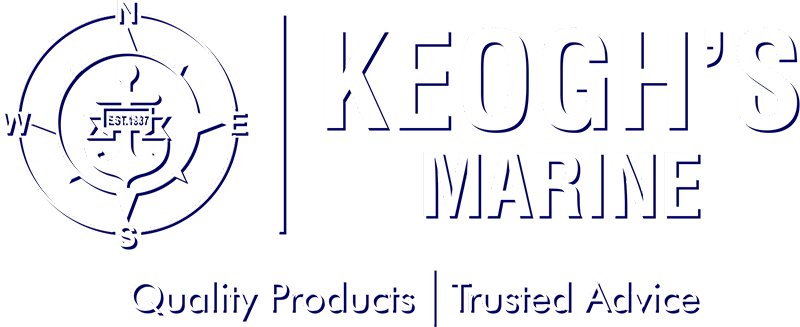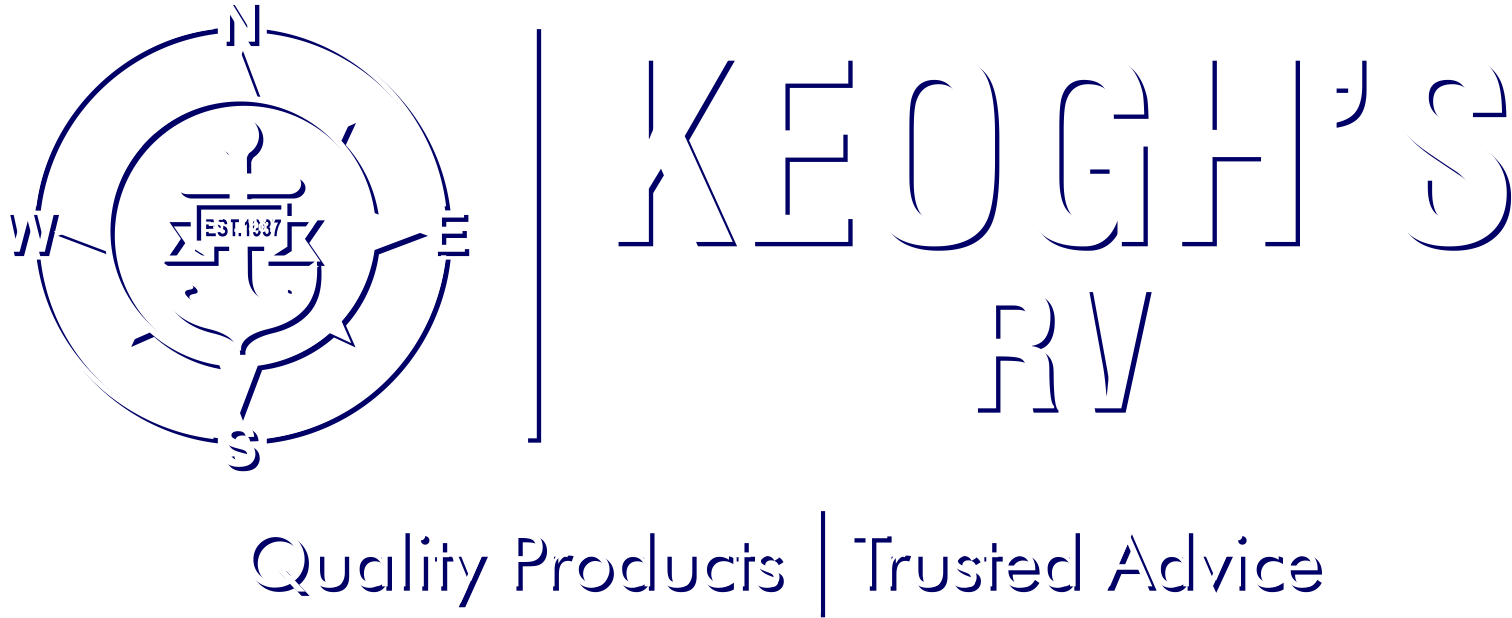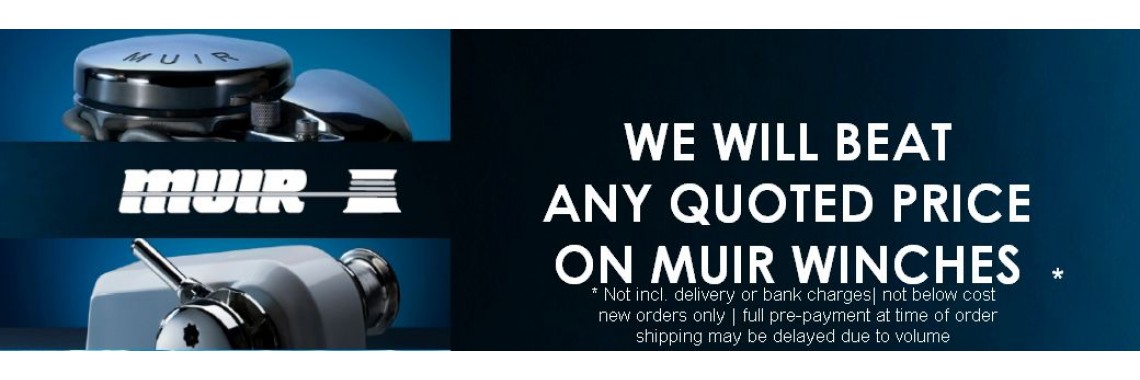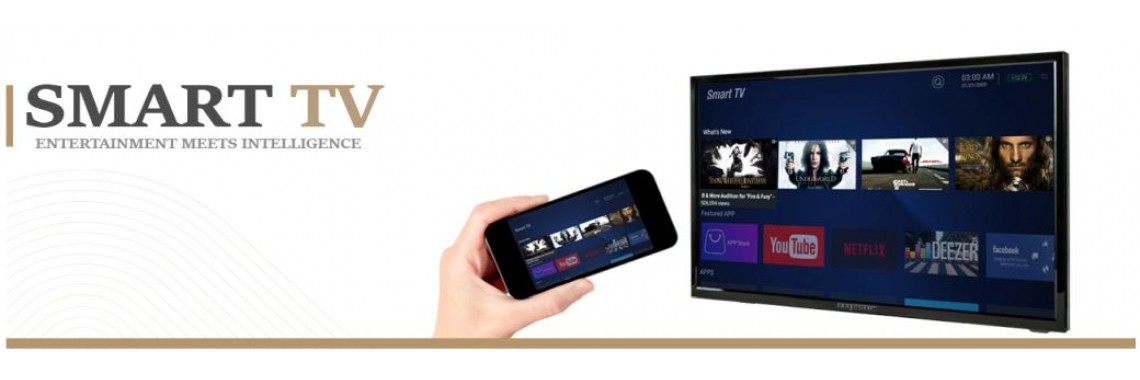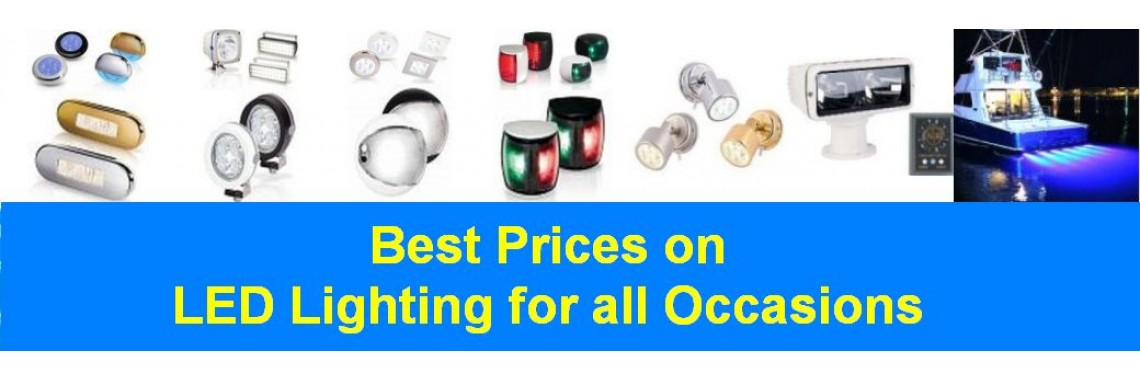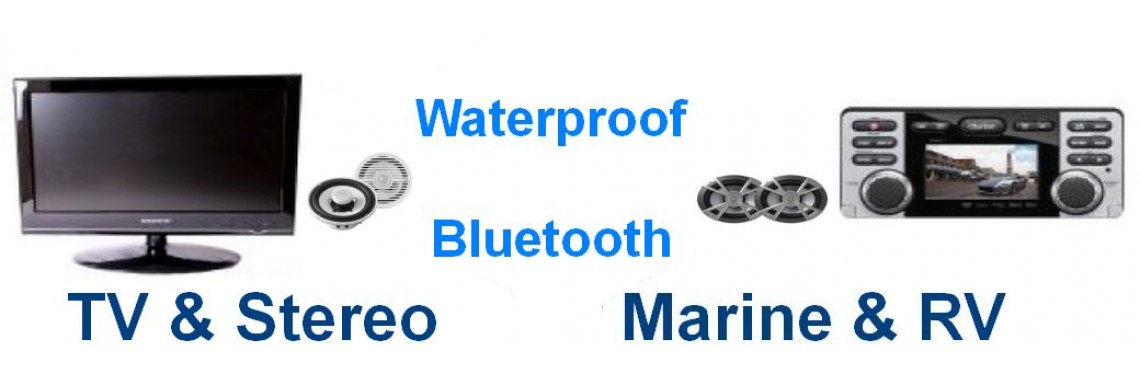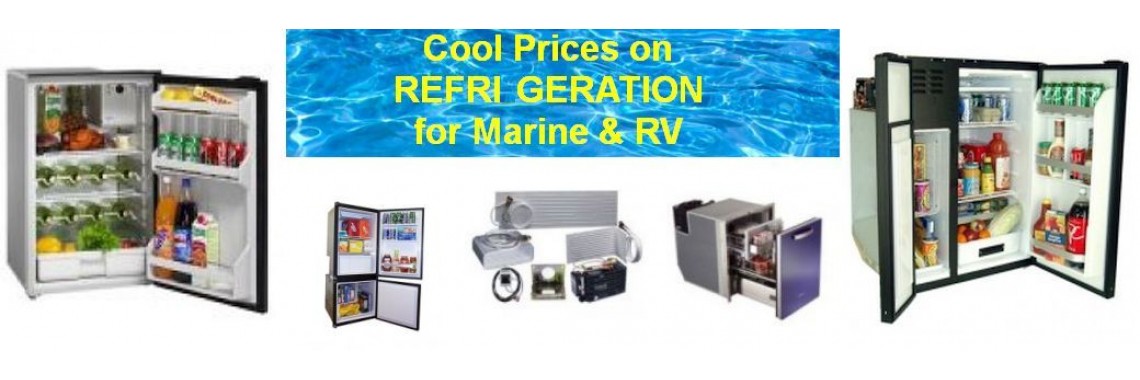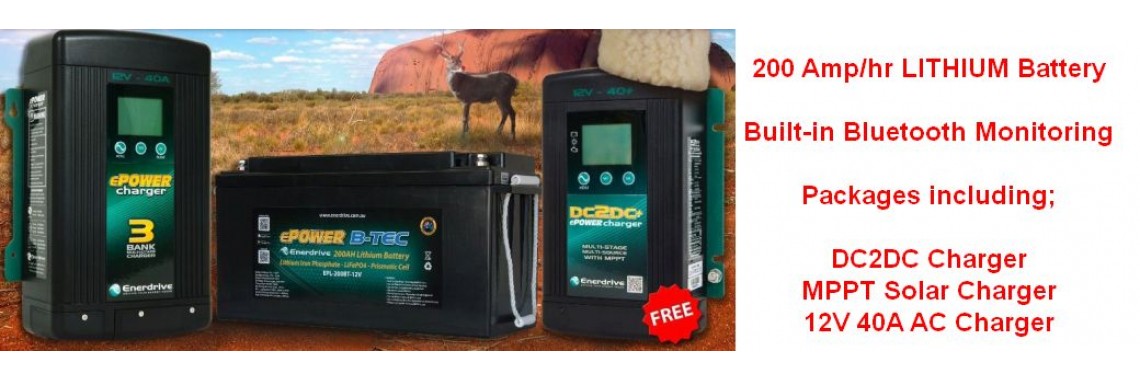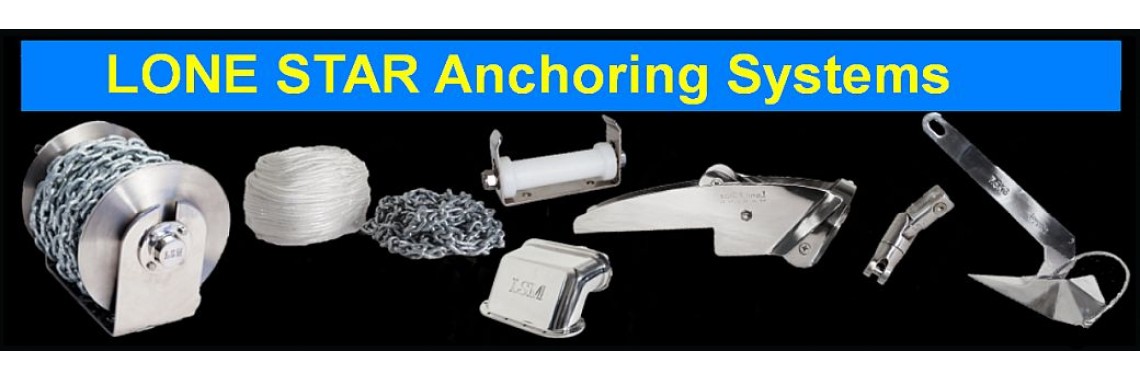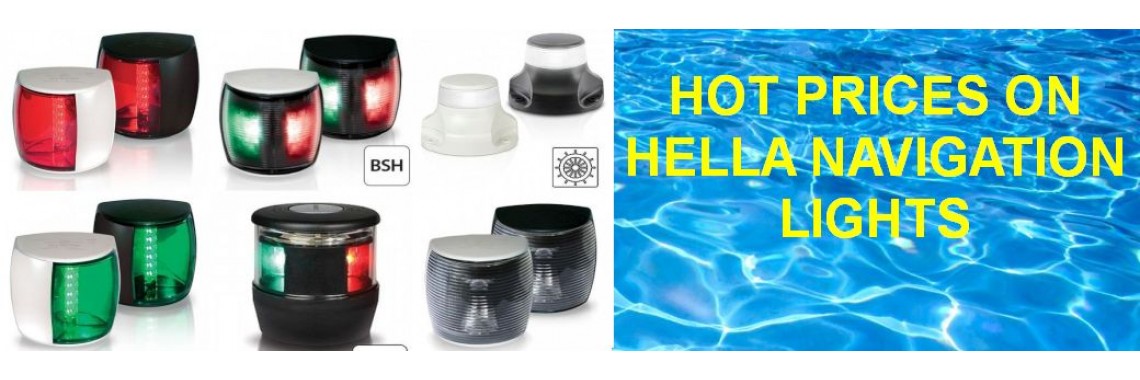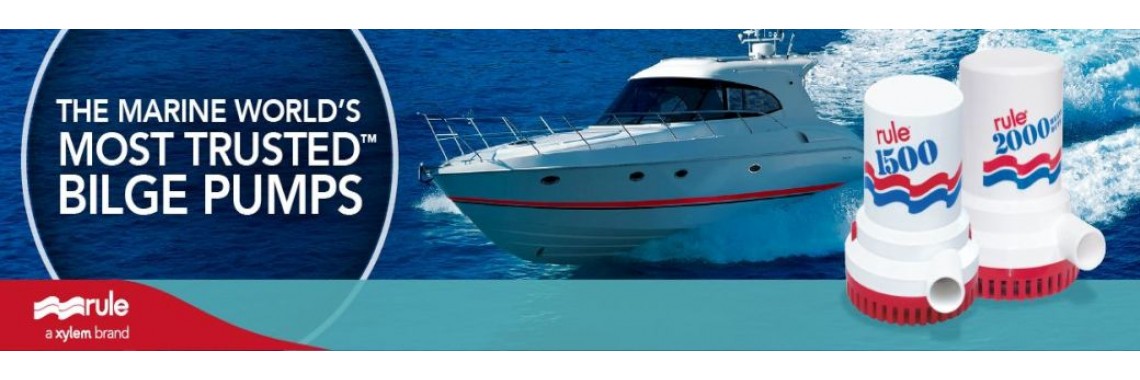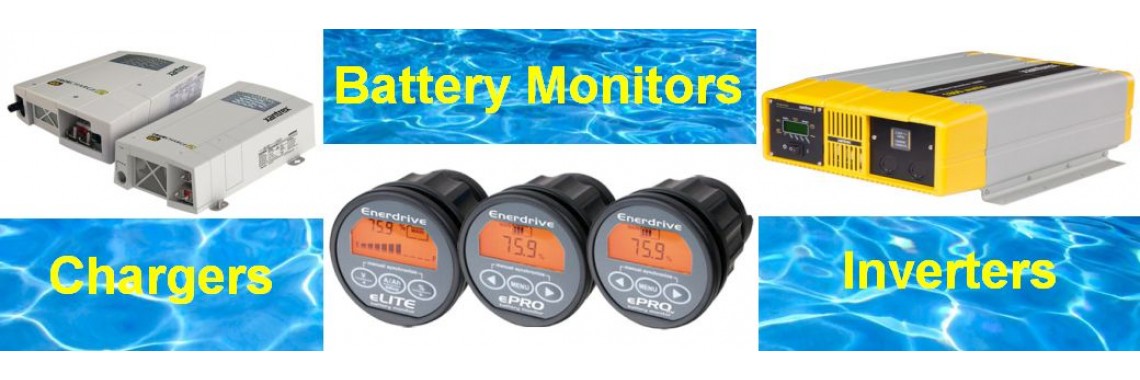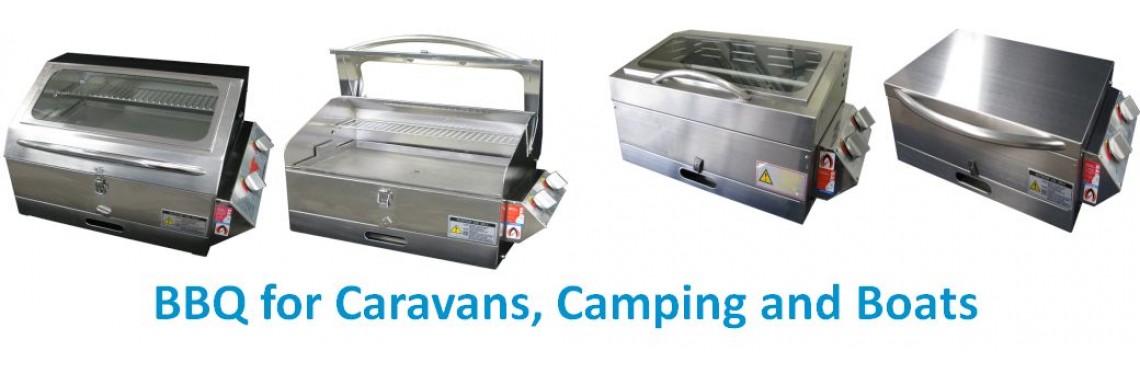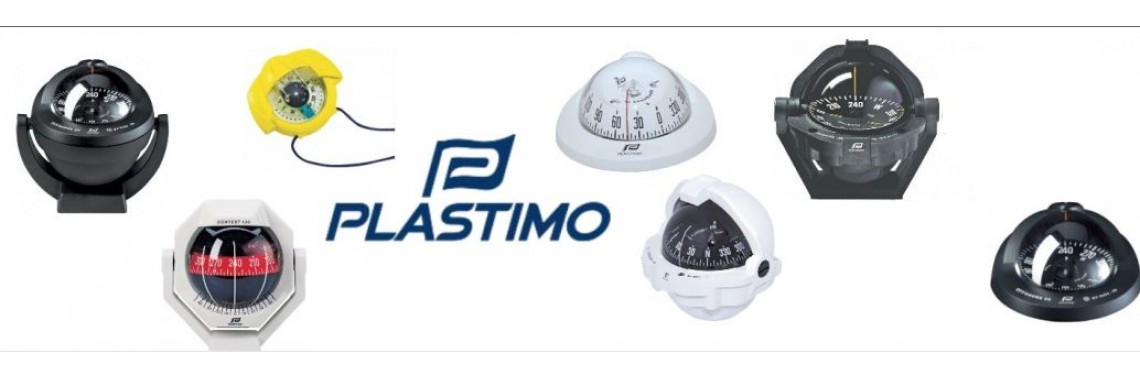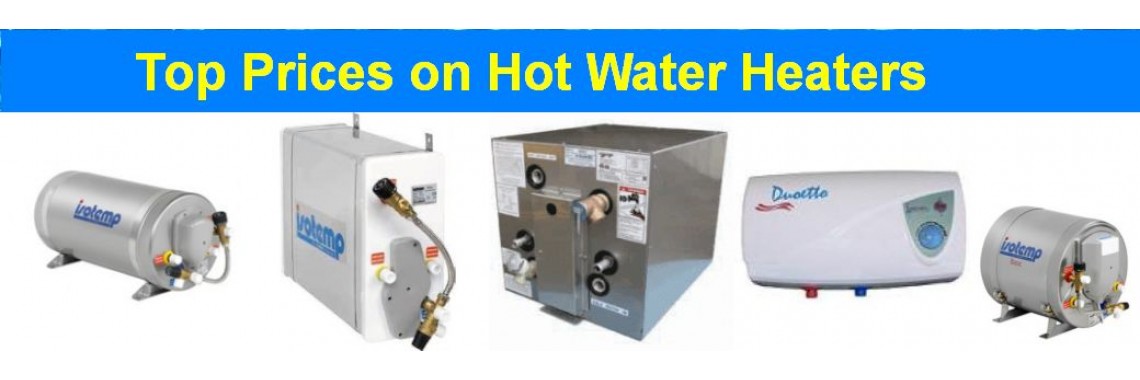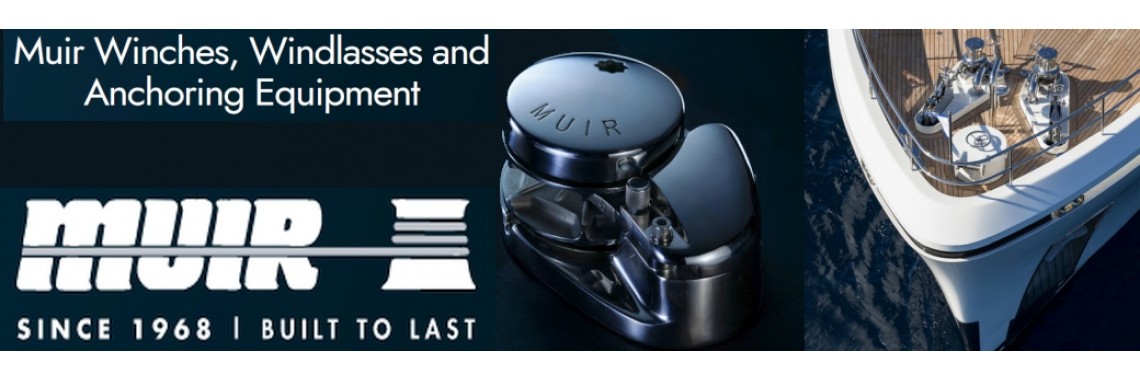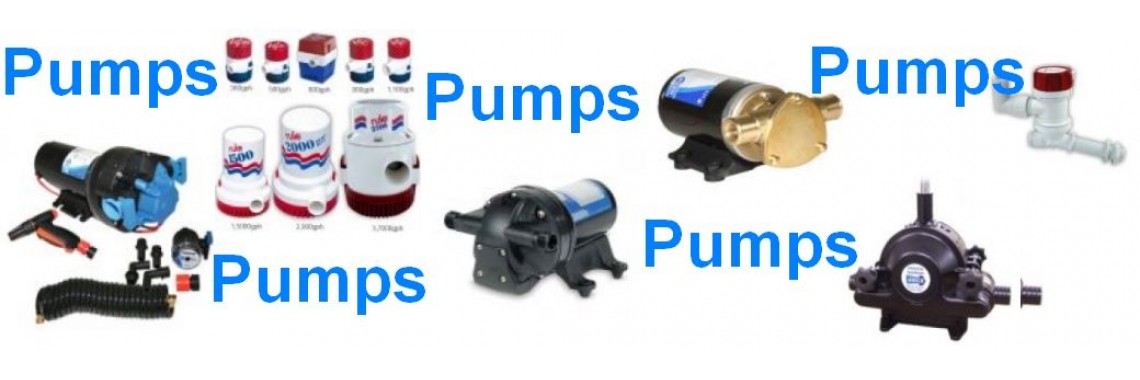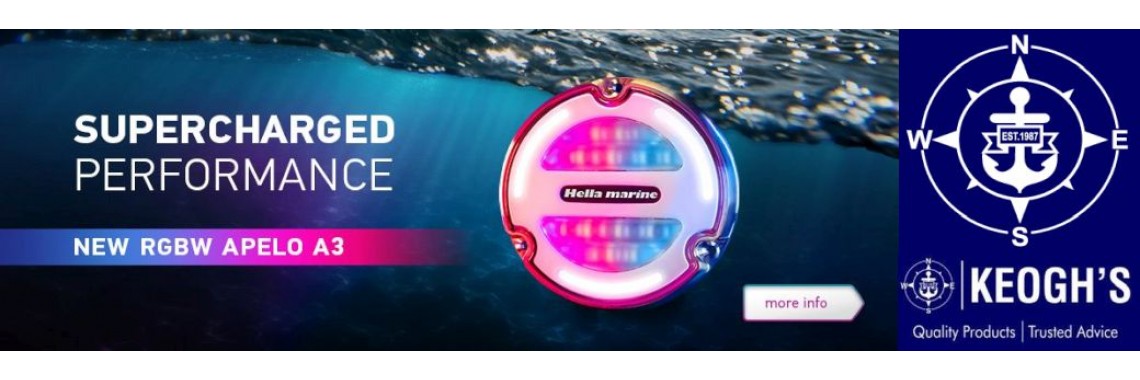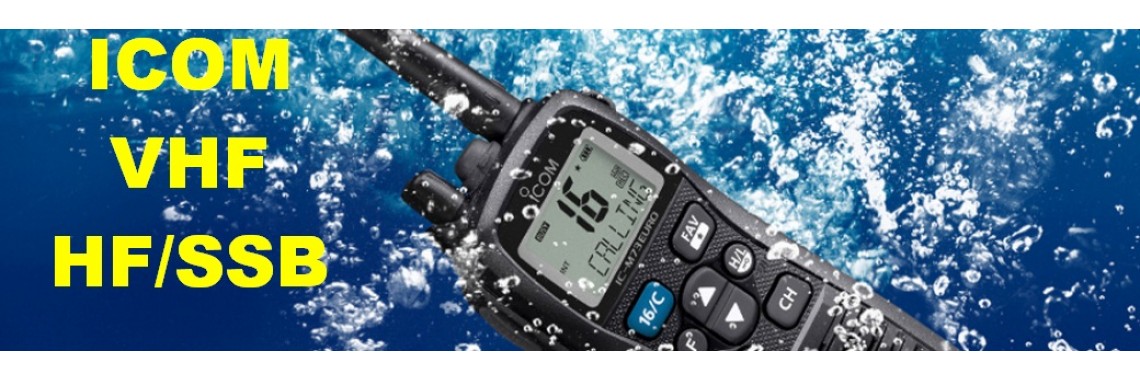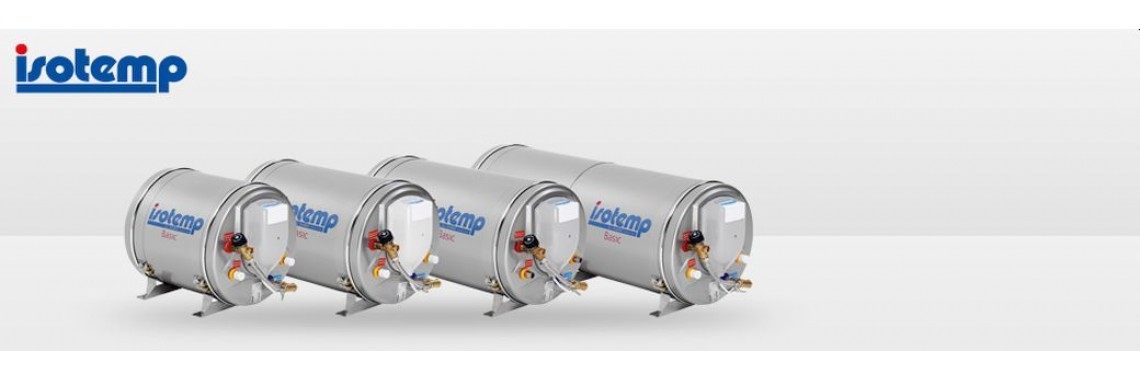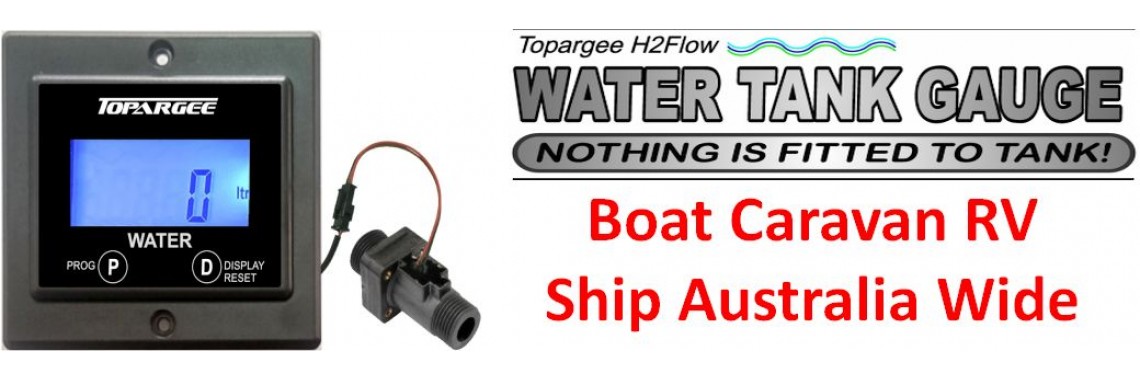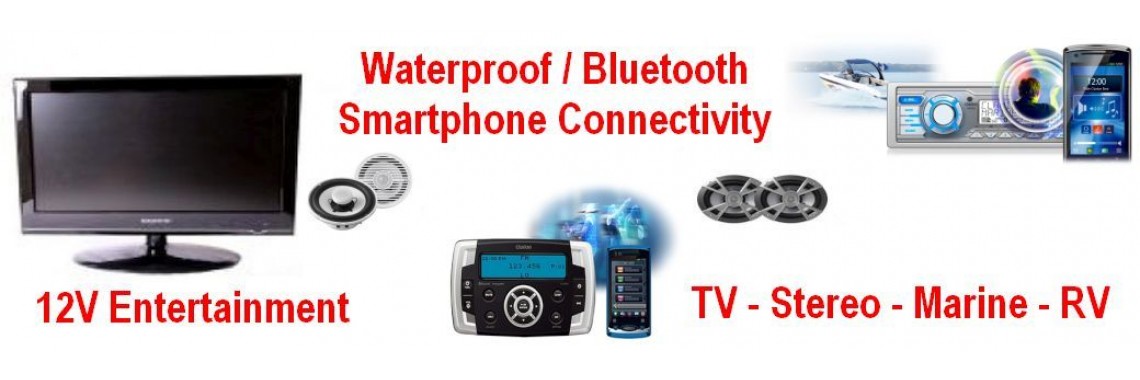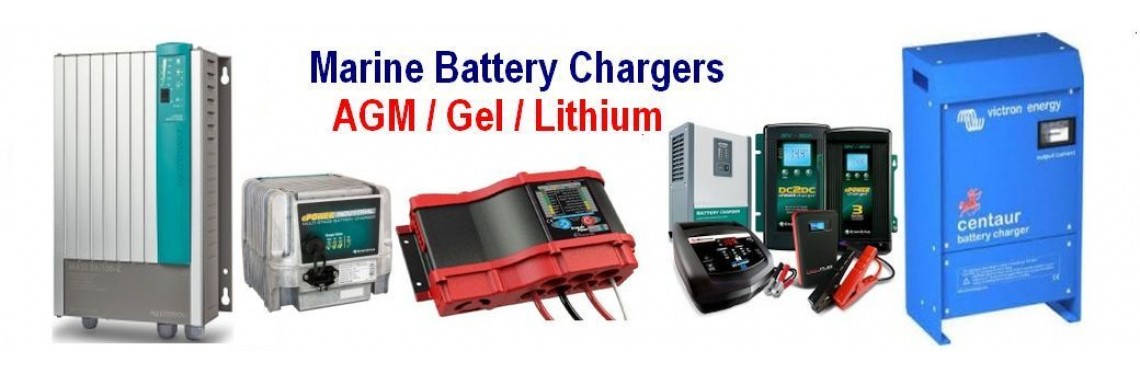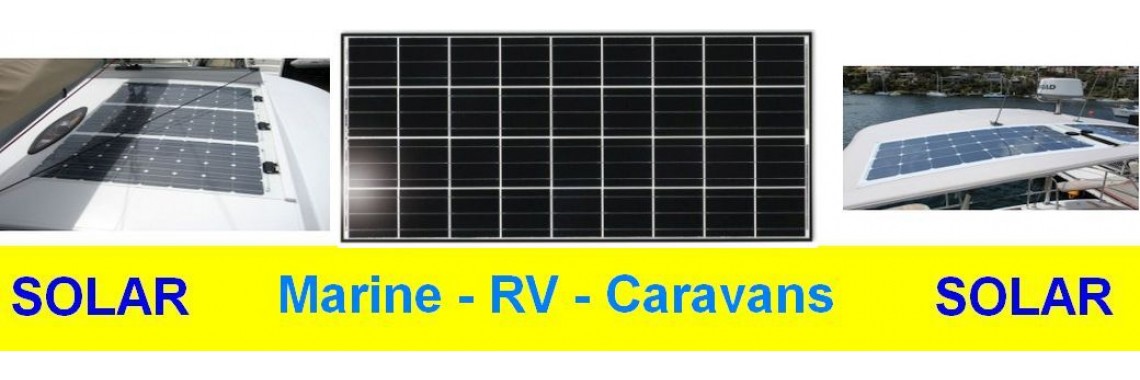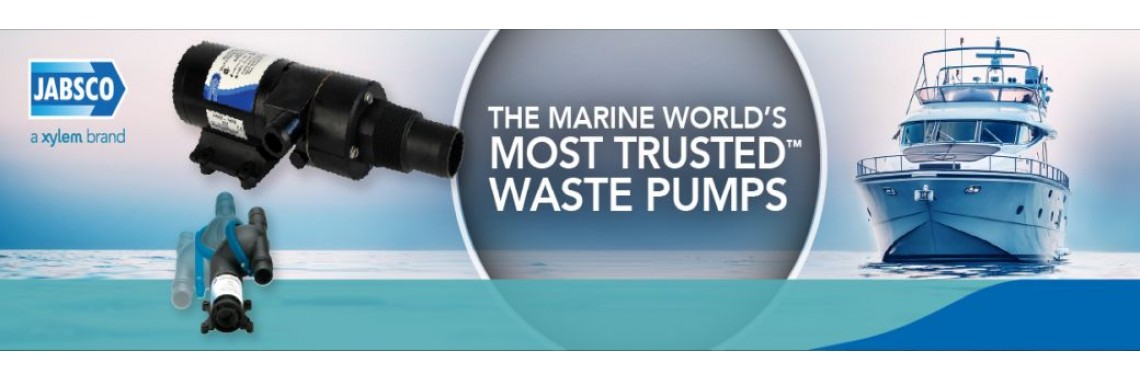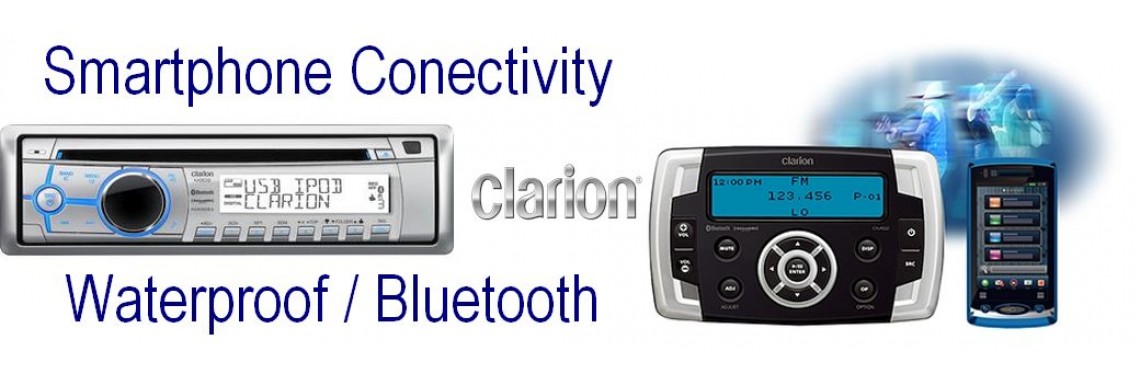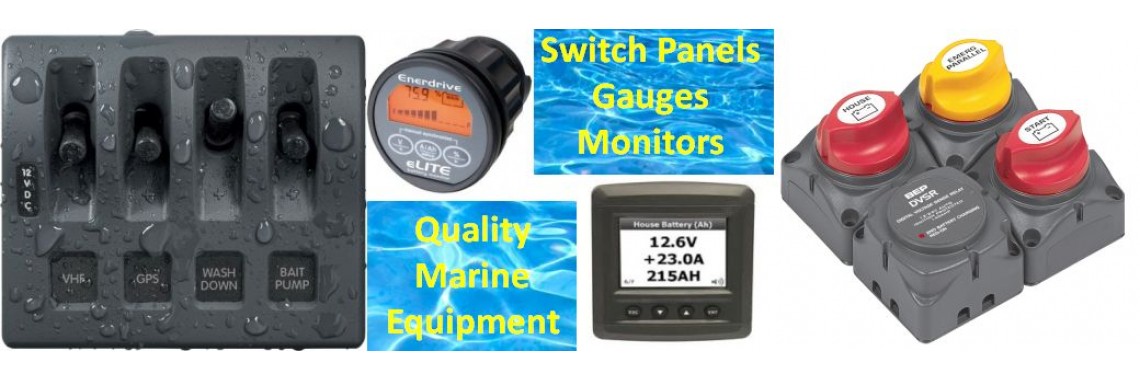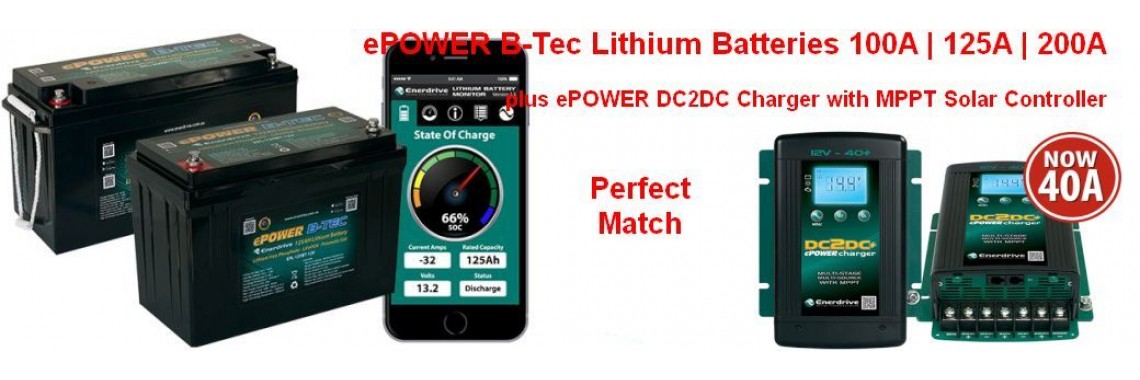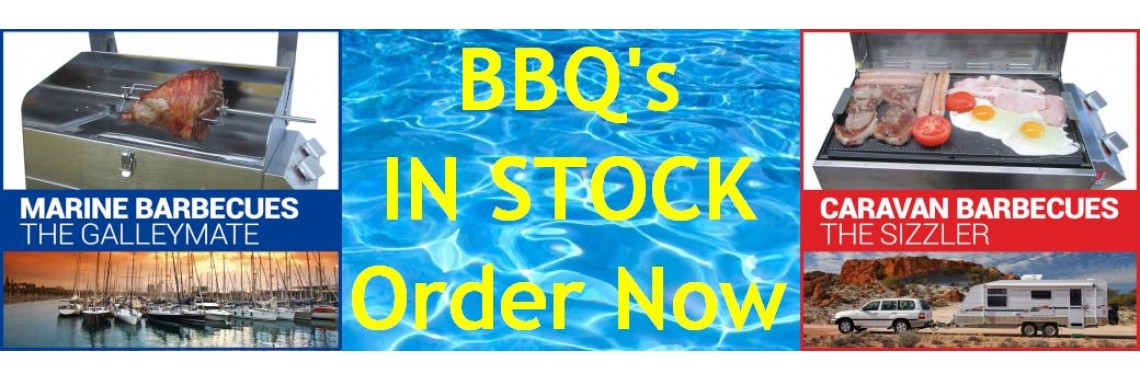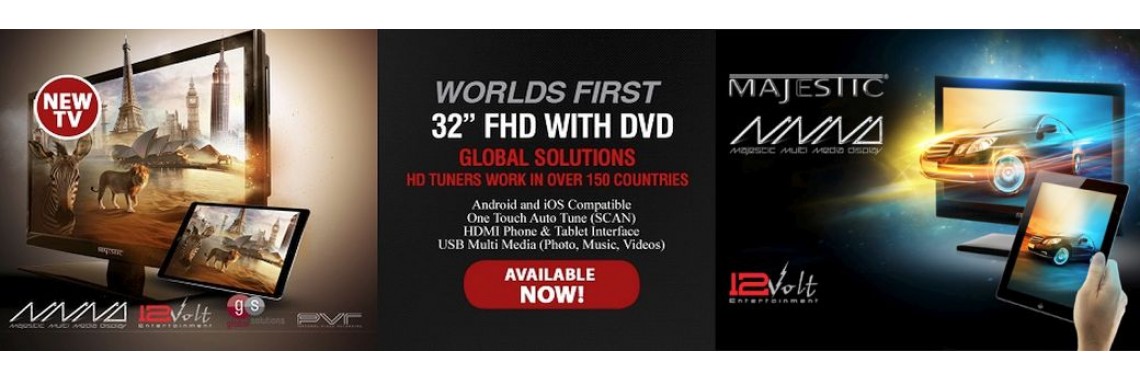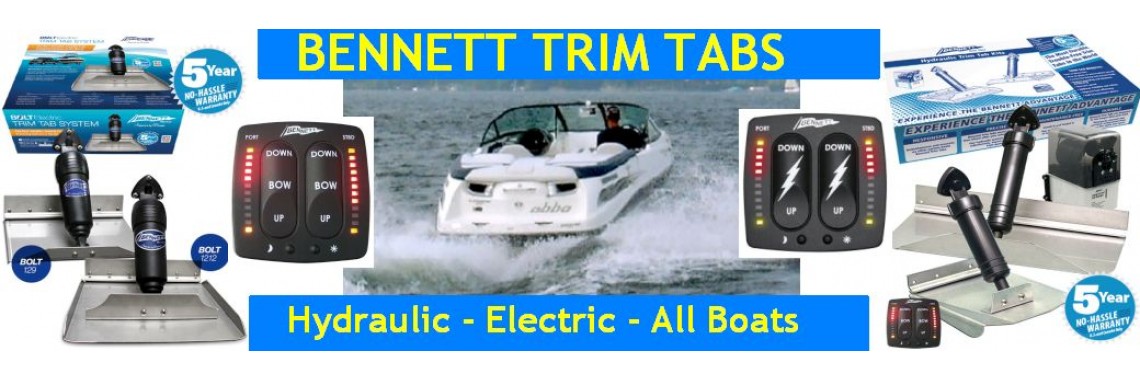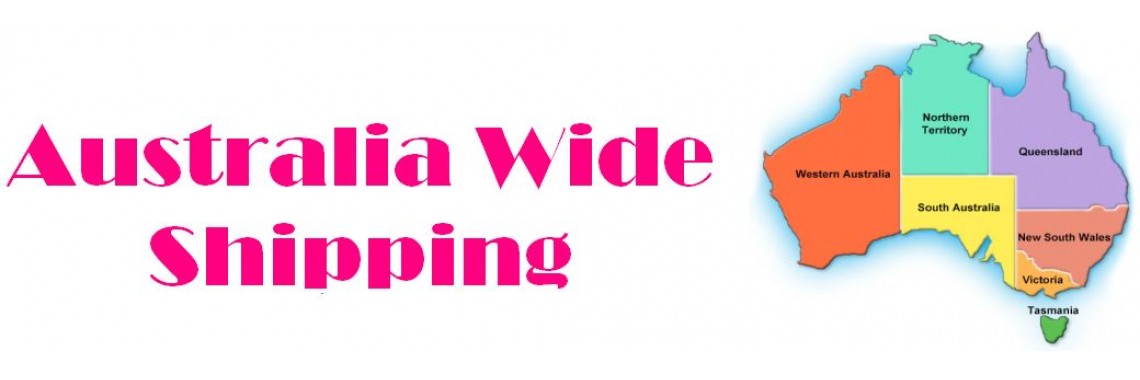LED Lighting
LED Lighting
Building, refitting or upgrading a boat - Part 4
How to get your boat's lighting systems right the first time.
by Keogh's Marine Electrics (technical info courtesy of Hella Marine)
In this article, we will discuss the lighting systems for your boat by addressing the following topics:
- LED lighting and how this can be of advantage to power requirements;
- Navigation lights, IMO COLREG requirements and definitions;
- Interior lights, what does lens and optic technology, heat and thermal management all mean? How much light do you need?;
- Floodlights, what are the different technologies and their respective advantages?
LED Lighting – Whether it is a boat, caravan, motor-home or house, LED lighting is becoming the popular and most talked about kid on the block. Why you might ask? Power consumption is by far the biggest reason. People love LED lights especially when compared to traditional bulb lights as the power savings can be substantial. This is particularly important when we have limited power on a boat, or in a van.
Let’s have a look at the following comparison example of the power consumed between bulb and halogen lights on say a 40ft catamaran over a 24 hour period. (Please note this is just a general example to outline the power consumption differences for these different types of lights. Actual usage times will depend on each skipper). As we can see by these two tables, the total power consumption for bulb/halogen lights over a 24 hour period is 83.25 amp hours where as the total for the LED light fitted boat is only 20.40 amp hours. That is a MASSIVE POWER SAVING of 62.85 amp hours. This is especially significant for boats which have limited battery capacity, limited means of charging or for those who are trying to save weight such as catamarans via smaller battery banks (200 amp hours of batteries generally weigh +/- 70kg).
What are some of the other benefits of LED lighting?
- Life expectancy. You can expect up to 50000 hours out of an LED light. With a halogen lamp, you can generally only expect a maximum of 2000 hours. Once again this is a big difference and can obviously save you money over the life of the LED. Companies such as Hella Marine, offer a five year warranty on its LED lights. This shows how confident companies such as Hella Marine are in the LED product.
- Safe and highly visible. Advanced LED navigation lamp optics deliver optimal horizontal and vertical light distribution according to international standards. They provide enhanced visibility compared to bulb navigation lamps. Cut-off angles are ultra precise, clearly indicating a vessel’s movement and heading.
- Fully sealed for life. Each Hella Marine LED lamp is a completely sealed electronic device. Proven design, precision engineering and the use of high impact acrylic materials ensures superior resistance to water, impact, UV and general wear and tear.
- MultivoltTM technology for durability and safety. Advanced MultivoltTM circuitry provides a uniform level of intensity for reliable and safe illumination across a range of DC inputs such as 8-28 volts or 9-33 volts. MultivoltTM LED lamps can be connected to 12 or 24 volt systems without modification, providing full light performance and automatic compensation for low battery voltages and voltage drop over long cables and connections.
- Hella Marine MultivoltTM LED lamps are also reverse polarity, spike and over voltage protected for enhanced durability even under severe voltage fluctuations.
Navigation Lighting
By law, navigation lights and their installation on recreational boats are required to comply with the positioning and technical requirements of an international agreement, commonly known as the COLREGS. Marine Safety Authorities enforce the requirements of the COLREGS and can provide a summary of those requirements as they apply in your local area. See below for general regulations on boat investigation light requirements.
Which boats need to have lights fitted?
All boats must show lights if operating at night or in restricted visibility. Even a boat that does not travel between dusk and dawn may still need to show lights, for example during a heavy rain shower or when at anchor. Boats operating by sail or rowing are required to show different lights to those motoring. However, a yacht must comply with the powerboat lighting requirements when under motor. Navigation lights are required to be shown on ships operating between sunset and sunrise and in restricted visibility. Navigation lights indicate the size of the ship, the angle where you see them, the direction the ship is travelling or if the ship is anchored.
The types of lights specified by COLREGS are:
- All round white light – An all-round white light shows over a nominal arc of the horizon of 360°. The light fitting must be located at least one metre above the sidelights and should as far as practicable, be on the centreline of the boat. As a general rule, an all round white light should not be obscured by masts or other structures by more than 6° of arc. If that’s not possible, or the light would shine into the operator’s eyes, a masthead light in combination with a stern light is an alternative to an all round white light;
- Masthead light – Boats over 12m in length are required to have a white masthead light, mounted at least 2.5m above the gunwale that shines forward over an arc of the horizon of 225°, so that it can be seen from ahead of the boat to just aft of the beam. In addition, regardless of the vessel’s length, the masthead light must be located at least one metre above the sidelights; and should as far as practicable, be on the centreline of the boat;
- Stern light – A stern light is located near the stern to show a white light over an arc of the horizon of 135° behind the boat. On an outboard craft, it may be necessary to mount the stern light on a mast, or to one side of the boat, to avoid the motor obscuring the light.
- Side lights – Most boats need to have a port (red) and a starboard (green) side light each showing an unbroken light over an arc of the horizon of 112.5°. If the design of the boat allows, a combination port and starboard light unit can be mounted on the centreline of the boat, in place of two individual side lights.
Individual side lights come in two styles, those intended to be mounted on a horizontal surface such as a deck and those intended to be mounted on a vertical surface, such as the topsides or the side of the cabin. Be careful not to mount lights on a horizontal surface if they are designed to be mounted on a vertical surface, and vice-versa, because they will shine in the wrong direction.
Horizontally mounted side lights generally come with a reference line marked on them which must be kept parallel to the centreline of the boat when fitting the light.
Vertically mounted side lights must be fitted with the back of the light parallel to the centre line of the vessel so that the light will be visible in the correct sector and the lights don’t cross over. This means when lights are mounted on a vertical or near vertical surface that is not parallel to the centreline or not vertical, a wedge or similar must be provided to achieve the correct alignment in both planes.
Vessel Requirements - Lamps requirements by vessel length.
For vessels less than 50 metres in length overall, IMO COLREG 72 describes the following minimum visible distances for navigation lamps. Distances are in Nautical Miles. Supplementary national approvals may also apply.
Vessels 0-12 metres / 0-40 feet in length
White, Red, Green All Round lamps, 2 miles
Masthead lamp, 2 miles
Port and Starboard lamps, 1 mile
Stern lamp, 2 miles
Tri Colour lamp, 2 miles. (Sailing vessels under sail only)
Vessels 12-20 metres / 40-65 feet in length
White, Red, Green All Round lamps, 2 miles
Masthead lamp, 3 miles
Port and Starboard lamps, 2 miles
Stern lamp, 2 miles
Tri Colour lamp, 2 miles. (Sailing vessels under sail only)
Vessels 20-50 metres / 65-150 feet in length
White, Red, Green All Round lamps, 2 miles
Masthead lamp, 5 miles
Port and Starboard lamps, 2 miles
Stern lamp, 2 miles
IMO COLREG 72 Lights and Visibility - Powerboats
IMO COLREG requirements for navigation lighting on powerboats less than 50m LOA (Length Overall).
Note - Sailboats under motor adopt the rules for Powerboats.
Interior Lighting
Hella Marine are one of the most innovative and experienced companies when it comes to LED lighting and they have some key considerations when selecting LED based lamps for marine exterior and interior applications. Lens and Optic Technology – LED based marine general interior lighting is developing fast to become a viable solution for durable and highly energy efficient lighting. To take advantage of the ever increasing efficacy of the most advanced LEDs becoming available, highly efficient optic design is essential. The goal for general LED interior lighting is the even illumination of a specified area or to highlight and illuminate features of a vessel. All Hella marine LED lamps use integrated highly efficient optics, lens designs or Free-Form reflector technology to accurately capture and distribute the light available from the LED.
Examples include:
- Oblong LED step lamps with 30° down angle light beam to illuminate the tread of steps and stairs onboard without dazzle from the lamps themselves.
- Round and Square LED courtesy lamps providing attractive uniform light patterns via an efficient optic and lens with embedded glass spheres for minimum light losses.
- EuroLED® lamps employ an accurately machined optic and lens combination to provide an even spread of bright white light with minimum light losses.
- LED spot lamps use an innovative reflector to create a powerful interior spot light pattern without causing glare.
Optics and Eye Safety
With the significant advances of LED brightness, eye safety considerations are increasingly important. It is essential for high power LEDs to be coupled with optic designs that protect the eye’s retina from possible damage. It is desirable for the entire lens area of a lamp to be evenly illuminated via an efficient optic rather than using a bundle of LEDs without any optic.
- Heat and Thermal Management - Competent and well engineered thermal management of a LED device is essential for the long-term durability of Hella Marine LED lamps. Well designed LED interior lamps save power and reduce the heat loading in a cabin compared to incandescent lighting. A common misunderstanding is that LEDs do not generate heat. In contrast to incandescent lamps however, LEDs like to ‘run cold’. High output LEDs do generate heat which needs to be coupled to surfaces designed to efficiently transport the heat away from the LED itself. LEDs that overheat, meaning the junction temperature of the LED rises above a set threshold, will permanently degrade and significantly reduce their luminous efficacy. A noticeably ‘hot to touch’ exterior surface of a high output LED interior lamp provides some indication that the light output of the device will deteriorate within a few hundred hours. Well engineered LED devices will operate ‘cool’ or ‘slightly warm’ to the touch after many hours of operation. The technical expertise of Hella Marine in thermal management, coupled with superior optics and electronic design, ensures the long term durability of all our LED lighting products with minimal degradation over many years of service.
- Selecting the LED Interior Light that is right for you.
- When selecting LED interior lighting, selecting the right colour temperature and a high Colour Rendering Index (CRI) is important.
Colour Temperature
Colour temperature, is the description used to describe the effect of heating an object until it glows incandescently, its emitted radiation and apparent colour changes proportional to the temperature. This is easily envisioned when considering hot metal in a forge that glows red, then orange, and then white as the temperature increases. Cool White – A description of light with a correlated colour temperature between 4500 Kelvin (K) and 10000 K, usually perceived a slightly blue. Warm White, closer to incandescent lamps, starts at 3500 K and lower.
CRI or Colour Rendering Index
The calculated rendered colour of an object. The higher the CRI (based upon a 0-100 scale), the more natural the colours appear. Natural outdoor light has a CRI of 100. Common lighting sources have a large range of CRI.
- Both colour temperature and a high CRI are important selection criteria when considering the installation of LED interior lamps for general lighting.
- During the LED production process the exact colour temperature and the brightness of the finished product cannot be pre-determined with certainty. For this reason LEDs are selected after the manufacturing process into various brightness and colour temperature classes. To achieve uniformity of our products, Hella Marine uses only selected colour and brightness classes. In contrast the colour temperature and the CRI of an incandescent bulb or Quartz Halogen bulb is very uniform. Hella Marine describes warm white as a colour temperature closer to the output of a Halogen Bulb lamp. White describes a colour temperature in the bright white range, up to 5200 K.
- Light in the 5200 K plus range may not enhance a vessel’s interior, compared to the warm white (yellow) tones of an incandescent lamp as colour temperatures above 5200 K can look ’cold’ and ‘clinical’. Bright white colour temperatures reduce the visible colour of food, upholstery, carpets, timber, and also skin tones making skin appear pale and grey. Colour temperatures towards the ‘warm white’ range of 2800 K add life and vibrancy to people and objects.
Colour Temperature Examples
- 1850 K Candle
- 2800 K Halogen G4 Bulb (Incandescent lamp)
- 3000 K Hella Marine Warm White LED courtesy lamp
- 5200 K Hella Marine White EuroLED® lamp
- 5400 K Hella Marine White LED courtesy lamp
- 6500 K Daylight
Deck Floodlight Technology
Deck floodlights are one of those lighting systems to which most boaties really do not give a lot of consideration. They are generally used for lighting cockpits, deck or spreader lights, so as a result they need to be able to provide adequate light for handling lines, rigging fishing lines, backing into a marina pen or pulling that big one on board. These days there are several key technologies used and their features include advanced lens and reflector designs for homogeneous light output, stainless steel mounting components and impact resistant housings for reliable operation at sea.
Some of the reflector systems used in Hella Marine deck floodlights and their advantages are:
- The Paraboloid Deck Floodlights – A conventional deck floodlight has a light reflector in the mathematically defined shape of a paraboloid. The reflector captures the light of the bulb and reflects it initially focused parallel in the form of far-reaching pencil beam pattern. The specific light distribution pattern is then produced by the optical lenses and prisms in the profiled cover lens to achieve a precise distribution pattern.
Paraboloid reflector with profiled cover lens
-
Modern Free Form (FF) Deck Floodlights – In contrast to the paraboloid based technology, the task of the cover lens in distributing the light, is integrated into the surface of the reflector which is shaped as a FF. The computer-calculated FF reflector produces the required beam pattern. The optical pattern still present in the cover lens enhances the uniformity of the light beam. Advantages of FF technology include Small FF reflectors capture more light from the bulb and achieve a large working area. Free Form reflector - Much larger beam scattering can be realised for extremely wide beam patterns, the more homogeneous illumination means more pleasant working light with soft transitions at the edges without harsh contrasts.
Modern Free Form Technology lens
- Xenon Gas Discharge (HID) Technology – HID Deck Floodlights differ from traditional bulb versions in that instead of light being created by passing current through a filament to make it glow, light is created by an arc in a tube filled with a mixture of xenon gas and metal salts. The light arc is shock proof as there is no filament to break. A compact 12V or 24V DC electronic ballast is used to ignite the HID bulb and provide constant levels of light output, even if the vessel’s voltage supply fluctuates by up to 10%.
The advantages of using Xenon Gas Discharge (HID) deck floodlights in comparison to halogen versions include:- 2.5 times the luminous flux (light output) and 35% less power consumption;
- Increased luminance results in a brighter and larger illumination of working areas
- Light spectrum is similar to daylight – for natural colour reproduction of the environment
- Vibration resistant light arc instead of a fragile filament
- Service life up to five times longer – reduced expenditure for bulb replacement;
- Constant brightness – independent of fluctuations of up to 10% in the supply voltage
- Only 42W power consumption – less strain on the vessel’s power supply.
LED Floodlights
Hella Sea Hawk floodlight range is a perfect solution for LED deck or spreader lighting. Future technology has been applied to the successful Sea Hawk series for class leading efficiency and guaranteed durability.
- Sea Hawk - 200 Lumens, Multivolt 9-33V DC, bracket and flush mounting available
- Sea Hawk R- 550 Lumens, Multivolt 9-33V DC, bracket mount
- Sea Hawk XL- 750 Lumens, Multivolt 9-33V DC, High/Low setting, bracket mount
- Sea Hawk XLR - 1300 Lumens, Multivolt 9-33V DC, High/low setting, bracket mount
Hella Marine's LED Mega Beam deck floodlight, providing all the reliability and power saving advantages of Hella Marine LED technology. This Generation II LED Mega Beam deck floodlight is a compact marine floodlight suitable for vessels subject to high vibration, impact and shock loads.
- Supplied with stainless steel mounting hardware and pre-wired with 2m of marine cable, each lamp is a completely sealed ‘fit and forget’ unit.
- Advanced Hella Marine optics and LED technology combine to provide high intensity white light for close range homogeneous illumination.
- Power consumption is 7W (0.58A @ 12V), or 15% of the energy required to operate a 55W H3 halogen floodlight, thus providing substantial power savings onboard. Hella Marine MultivoltTM electronics provide consistent illumination and circuit protection across a range of inputs from 9-30V DC for an ultra long service life.
- LED Mega Beam floodlights are the answer for energy efficient, completely sealed, shock and vibration resistant illumination.
- As we have pointed out there are many benefits in carefully selecting your boat’s lighting needs, especially when we look at LED lighting and the power savings that can be made. One thing that always needs to be considered is quality. As we have seen in recent times, no matter what the product there are countless imitation foreign/no name brands which whilst cheaper compromise on quality and performance. There is no substitute for quality well know brand such as Hella, who back their LED products up with a massive five year warranty. As I have tried to point out in this and all my other articles, DO IT RIGHT THE FIRST TIME AND SAVE YOURSELF MONEY IN THE LONG RUN!
Hella AS 5000 LED Floodlights - Waterproof
- Every aspect, material and component has been carefully selected to ensure longevity in the most demanding environments. AS 5000 lamps endure the worst of vibration, shock and high impact torture tests.
- Powerful and efficient - With over 5000 lumens, AS5000 lamps offer highly effective illumination with a power consumption of only 60W (5A @ 12V and 2.5A @ 24V DC).
- Multivolt 9-33V DC
Hella HypaLUME LED Floodlight - Hypa-Performance - Waterproof
- The powerful optical system generates over 20,000 lumens for a mere 240W consumption (10A@24V) offering class leading luminous efficacy. With this impressive output, HypaLUME® provides usable light comparable to a 400W metal halide fitting for significantly less energy consumption.
- Multivolt 18-52V DC
There are no products to list in this category.
